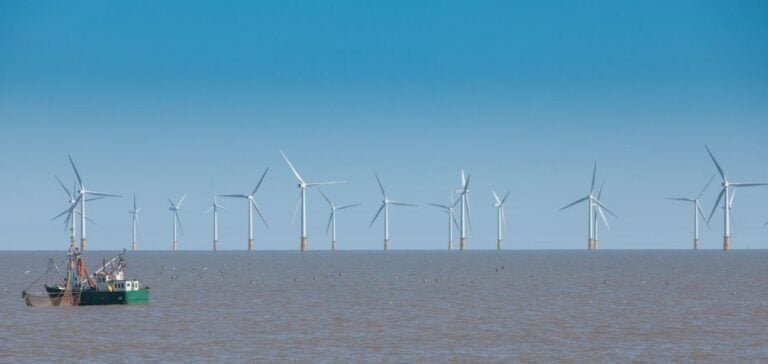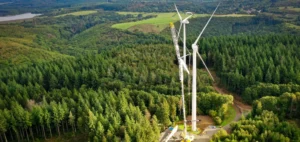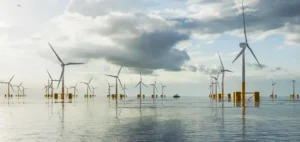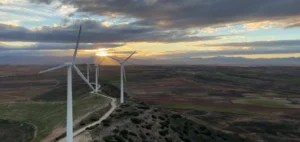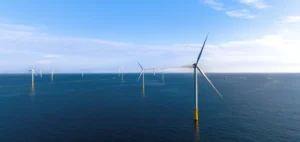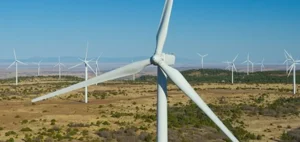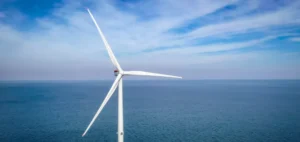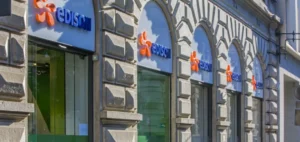The Biden-Harris administration approves the Maryland Offshore Wind Project, a strategic development marking the tenth offshore wind project to be validated in the United States.
The project is part of an ambitious goal of 30 gigawatts of offshore wind capacity by 2030.
To date, the Department of the Interior has already validated more than 15 gigawatts, enough to power around 5.25 million homes.
This figure underlines the United States ‘ growing commitment to renewable energies, while accelerating the diversification of the national energy mix.
Wind Capacity and Regulatory Challenges
The US offshore wind industry is booming, driven by regulatory reforms and a desire to support the energy economy.
Since the current administration took office, the approach to offshore wind development has been revised to simplify permitting processes and encourage investment.
The Maryland Offshore Wind Project, located approximately 8.7 nautical miles off the Maryland coast, calls for the installation of 114 turbines, with a projected capacity of over 2 gigawatts, to meet the energy needs of the Delmarva region.
Managing environmental impacts and conflicts over the use of marine space is central to these developments.
The Bureau of Ocean Energy Management (BOEM) conducts rigorous assessments and collaborates with various stakeholders, including local governments and ocean users, to balance energy needs with the preservation of marine ecosystems.
Investments and Economic Impact
Investment prospects are substantial, with the potential for over $12 billion a year to be injected into offshore wind projects along the US coastline.
The sector is also generating a growing number of jobs, with nearly 2,680 jobs a year expected during the construction phase of the Maryland project, spread over a seven-year period.
This development is part of a global trend of industrial redeployment aimed at strengthening domestic supply chains.
At the same time, favorable regulations and tax incentives in the USA are designed to stimulate private investor interest in the renewable energy sector, particularly offshore wind.
The Maryland Offshore Wind Project, with its MarWin and Momentum Wind phases, has already been awarded Renewable Energy Certificates, underlining the commitment to deliver substantial capacity while ensuring economic returns for stakeholders.
Strategy and Future Challenges
The US administration is implementing an integrated approach that combines modernized port infrastructure, tax breaks and accelerated permitting.
These measures aim to capitalize on the potential of offshore wind energy, both as a stable energy source and as an economic lever.
However, competition in the energy market remains intense, and players must navigate between the challenges of grid integration and increasingly stringent environmental regulations.
The Maryland project, like others, illustrates the current dynamic: striking a balance between rapid development of energy capacity and management of natural resources.
The success of these projects will depend on their ability to minimize environmental risks while maximizing energy production for high-demand markets.


